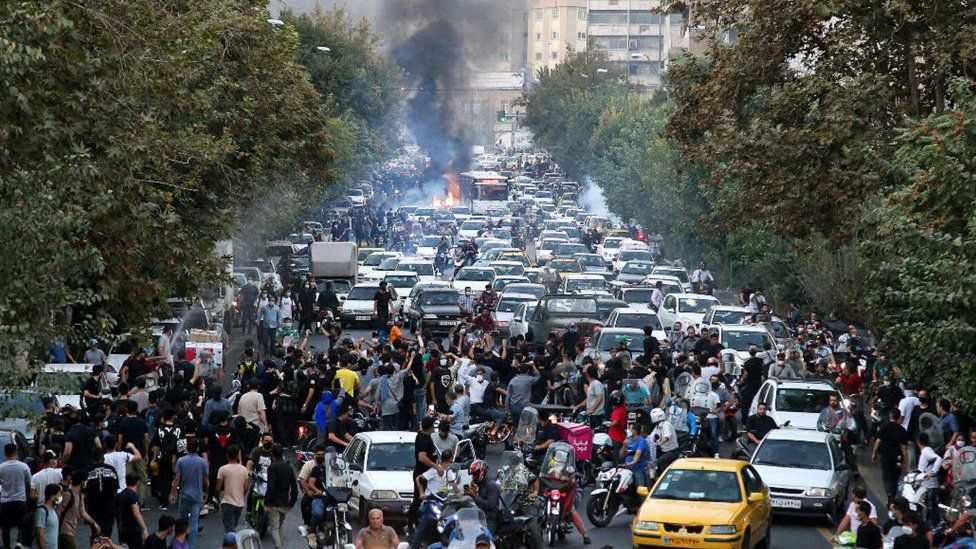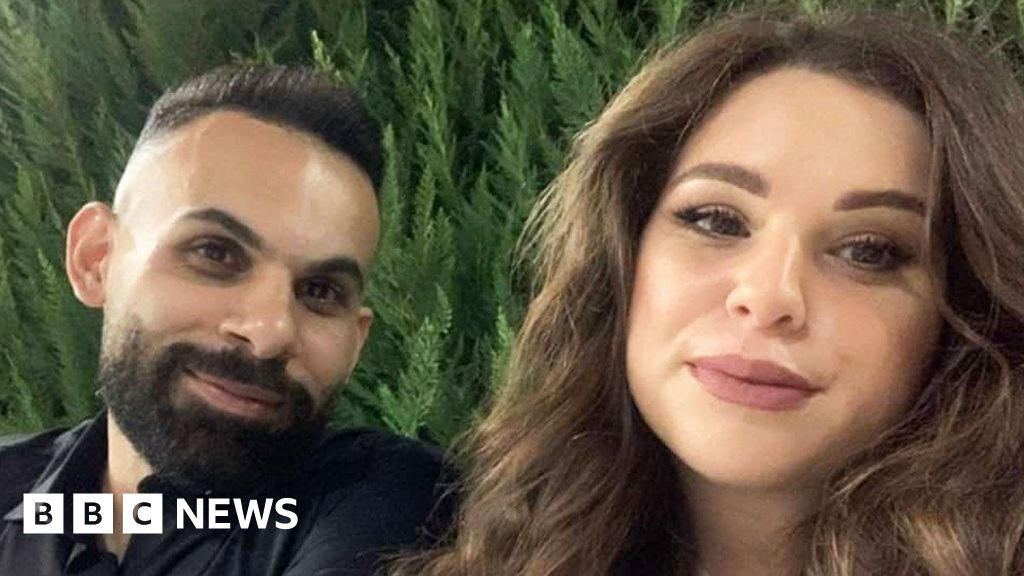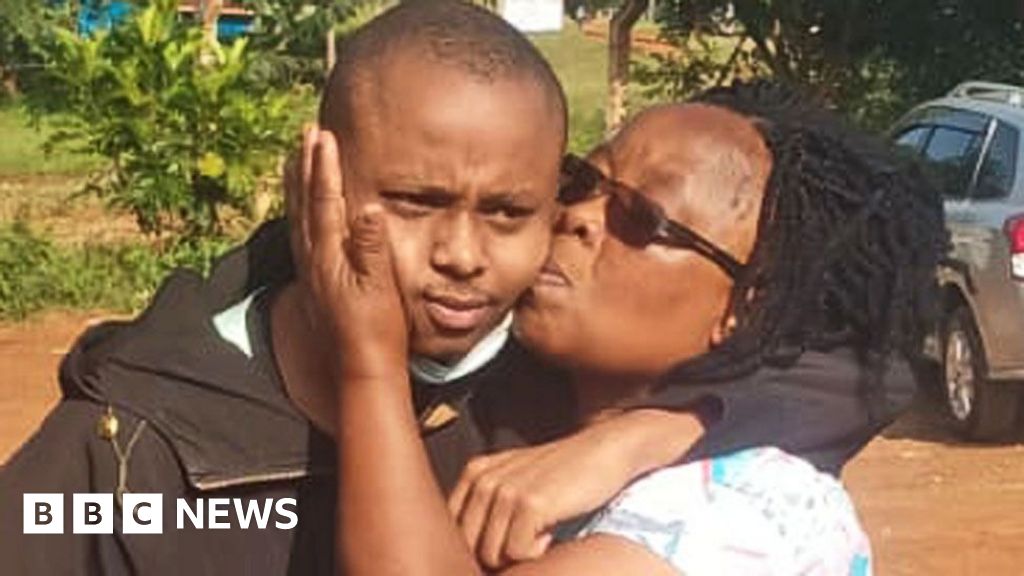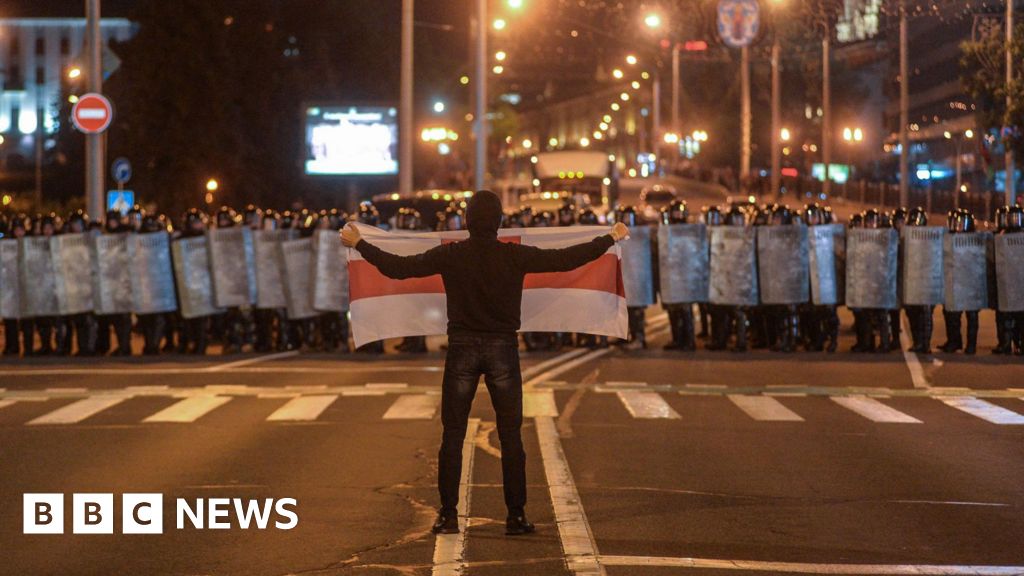ARTICLE AD BOX
By Merlyn Thomas
BBC News
 Image source, Getty Images
Image source, Getty Images
Tehran has seen angry protests
Iranian President Ebrahim Raisi has said the death of a woman in police custody must be investigated after it sparked sparked widespread protests.
Speaking on a visit to the UN General Assembly in New York, Mr Raisi accused the West of hypocrisy for raising concerns over Mahsa Amin's death.
She died hours after morality police arrested her for allegedly breaking headscarf rules.
At least 17 people have died in Tehran in the worst unrest there for years.
Ms Amini, a Kurdish woman from the north-western city of Saqez, died in hospital in Tehran on Friday following three days in a coma.
Mr Raisi repeated a coroner's conclusion that the young woman had not been beaten. Iranian police said she had suffered "sudden heart failure".
Protesters reject the state's conclusions, pointing to reports that officers beat Ms Amini's head with a baton and banged her head against one of their vehicles.
The hard-line president warned the protesters that the "acts of chaos" were not acceptable.
He accused Western nations of "double standards", pointing to killings by police in the United Kingdom and the US.
"Every day in different countries, including the United States, we see men and women dying in police encounters, but there is no sensitivity about the cause and dealing with this violence," he added.
His shot back at the West came hours after the US announced sanctions to be placed on Iranian morality police.
The US treasury department said the sanctions were for the abuse of Iranian women and the violation of protesters' rights.
The protests have reached about 80 cities and towns. One person told BBC Persian her neighbourhood resembled a battlefield.
How Mahsa Amini became a symbol of defiance in Iran
In an interview with BBC Persian, Ms Amini's father Amjad said he was not allowed by authorities to see all of her body after it had been wrapped for burial, when just her face and feet were visible.
"There were bruises on her feet," he said, adding that he had asked doctors to examine them but had never heard back.
Mr Amini also rejected claims from the interior minister and Tehran's director of forensic medicine that his daughter had had pre-existing health problems.
"They are lying," he said. "She has not been to any hospital at all in the past 22 years, other than for a few cold-related sicknesses."
The first protests took place after the funeral, when women were filmed waving their headscarves in the air and shouting "death to the dictator" - a chant often directed at the Supreme Leader, Ayatollah Ali Khamenei.
Similar demonstrations were staged by students at several universities in Tehran, before the protests started spreading rapidly across the country.
"Now, we have seen so many men joining in and it has moved on from a protest against the compulsory hijab. It's now against the whole existence of the Islamic Republic," BBC Persian's Rana Rahimpour told the Today programme.
She added: "This is most serious challenge to the Islamic leadership of Iran that we have seen here in recent years."
The deadliest unrest has been concentrated in Iran's Kurdish-populated north-west, where Ms Amini lived.
Internet-monitoring group NetBlocks has reported that Iran is now subject to the most severe internet restrictions seen since mass anti-government erupted in November 2019. Mobile phone networks were largely shut down, internet service was disrupted during protests, and access to Instagram and WhatsApp were being restricted, it said.

 2 years ago
34
2 years ago
34








 English (US) ·
English (US) ·